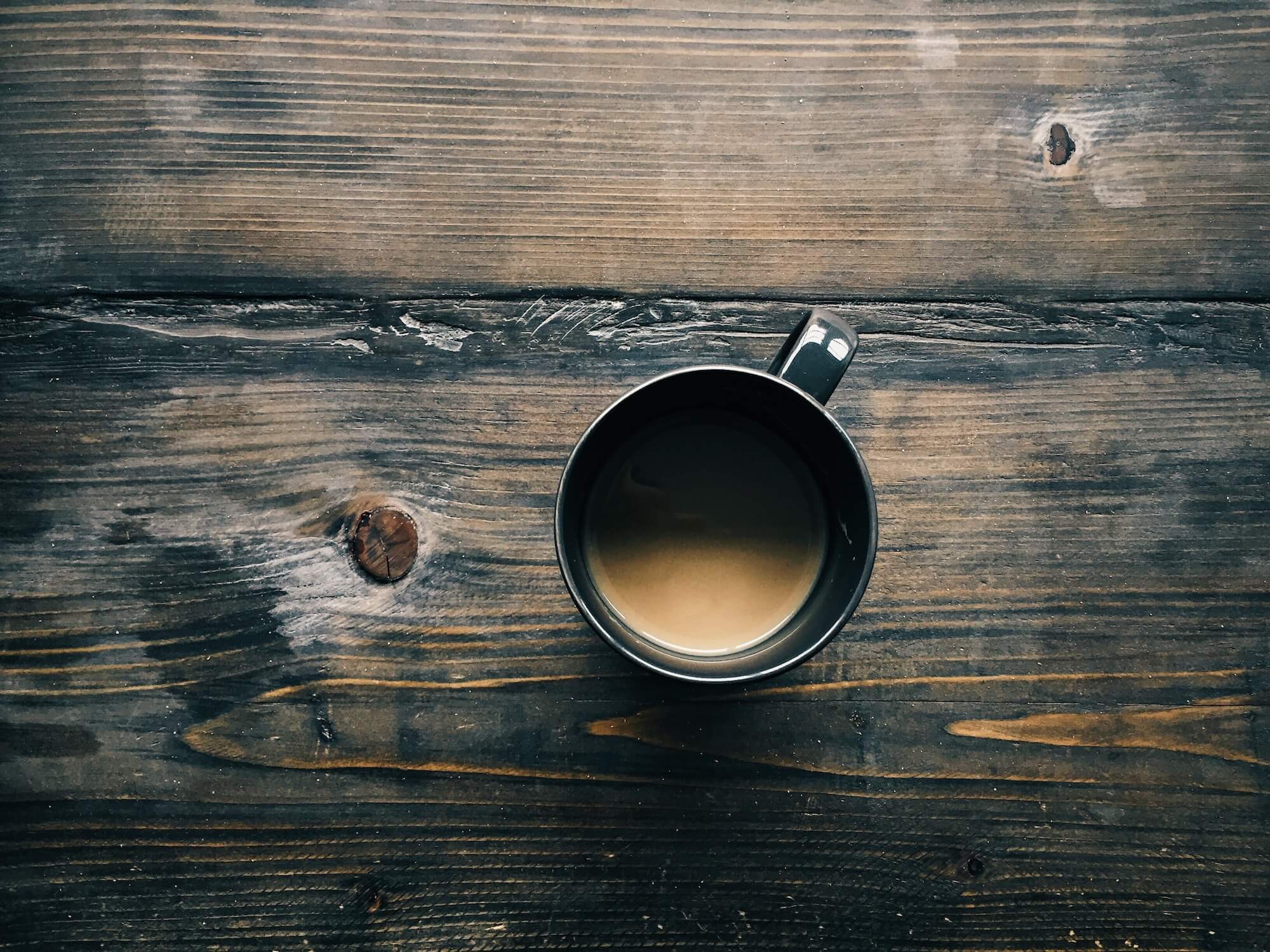If you are not familiar with Nordic culture or cuisine, you might be wondering what role coffee could have in such a cold, nordic climate, a place where coffee can’t even be grown. Interestingly enough though, coffee is a fundamental part of modern Nordic food culture.
In fact, when you look at per capita consumption of coffee, a number of Nordic countries consistently ranked in the top ten most coffee-addicted countries in the world.
How did this come to be though?
Not surprisingly, the introduction of coffee into the Nordic came rather late. The first mentions of coffee in the Nordic come in the late 1600s with the introduction of Arabic coffee from Turkey. It quickly became a favorite beverage for the elite and wealthy of the region, possibly increasing in status after the return of the exiled King of Sweden, Charles XII, from Turkey in the early 1700s.
In less than 100 years, coffee would become a true staple of the common man in the Nordic, despite luxury import taxes and strong religious and political resistance.
The coffee plant is of course not native to the Nordic region and realistically could never be grown successfully in the short Nordic summers, firmly establishing it as a luxury import.
Throughout its short history in the region, coffee has been subjected to both high import taxes and has slipped through tax loopholes to be imported tax-free. It has been demonized by the church as a beverage of the devil and then revered by the same church as a godly alternative to alcohol. It has been denounced as a health risk by the Swedish crown and then celebrated as a cultural treasure.
Through it all, coffee has continued to rise in popularity and gain a firm foothold in nearly every Nordic home.
Although coffee is rather new to the Nordic, evidence suggests that it was preceded by some other strong, hot beverage.
In the cold Nordic climate, having a cup of warm liquid a few times a day to warm you up makes sense. Coffee fills this role now but old recipes show us that coffee was often mixed with other roasted native plants and seeds of the Nordic region.
The first guide to coffee in the Nordic region, written in 1861 by the famous Norwegian academic Peter Christen Asbjørnsen, lists many coffee “surrogates” such as roasted barley, wheat, native seeds, juniper berries, red currants, dandelion roots, and many more. Although Asbjørnsen despised these coffee surrogates, they show us what might have been included in a pre-coffee Nordic drink.
Additionally, among Nordic immigrant communities in the United States, egg coffee is a popular variation, through the original “surrogate” back in the Nordic was likely fish skin rather than eggs.
If we look a bit deeper for an older, native coffee predecessor, the traditions around coffee in the nomadic Sami culture of the far northern regions of the Nordic stand out.
Here coffee is prepared quite differently, often with salt or cheese added to the hot liquid. There are even social guidelines that connect the making of coffee in Sami culture with a man asking for a girl’s hand in marriage by preparing coffee for the girl’s parents.
Again, this leads many researchers to suggest that coffee might simply be replacing an older, native beverage, perhaps using one of the early coffee “surrogates” or even just a hot broth/tea of native plants.
Whether coffee took hold in the Nordic due to some connection with an older native drink, or was simply embraced as a nice warm treat on a cold Nordic day, it is now quite strongly part of Nordic culture.
Unlike in many Western countries, coffee is not used as a “pick me up” but rather as an excuse to slow down, take a break, and most importantly connect with friends and family.
From coffee shops in Norway, to fika breaks in Swedish office buildings, to the smell of brewing coffee over an open fire in the far reaches of the region, you see the same trends, the same love of coffee, and the same ability it has to bring people together.
Nordic-style coffee is not meant to be drank alone but rather shared. So before you put on the kettle, invite a few friends over, set out some sweets, and give yourself enough time to not only enjoy the flavor of the coffee but also the people around you.

Nordic Coffee
Nordic coffee is all about simplicity and slowing down to spend time with friends or family
3⁄4 cup (64g) coarsely ground coffee
4 1⁄2 cups (1L) water
Sugar or cream to taste
Additional coffee “surrogates” or perhaps a pinch of salt (optional, as discussed above)
Bring water to a boil in a pot or kettle. Once it has begun to boil, remove from heat.
Add coarsely ground coffee (and any additional “surrogates”) to pot and stir to combine. Cover and let brew 5 minutes.
Remove cover and gently press down on coffee grounds so they start to sink. Wait one minute before slowly pouring out the coffee into individual cups.
Serve black or with your desired sweetener and cream.
-
Nordic
|
Vegetarian
|
Vegan
|
Dairy Free
|
Gluten Free



